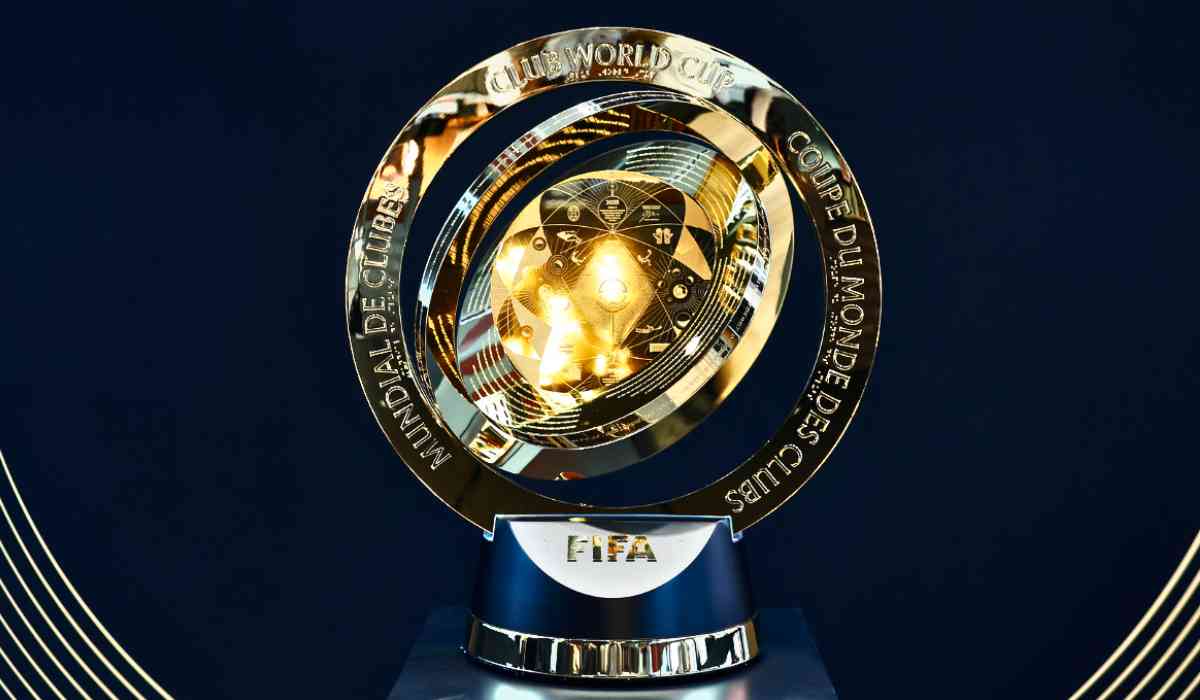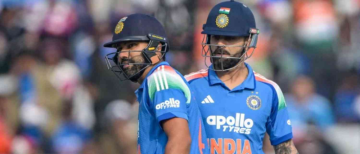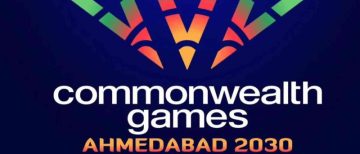The 2025 FIFA Club World Cup is shaping up to be one of the most exciting and talked-about football tournaments in recent history. For the first time, the event has expanded to include 32 teams from all over the world, turning it into a month-long celebration of club football. From Miami’s sunny stadiums to the historic football city of Madrid, this tournament brings together champions from every continent in a grand spectacle watched by millions.
This article takes you inside the tournament, explaining what makes it special, who is playing, and why fans everywhere are so excited. Whether you are a lifelong football fan or just curious about the world’s most popular sport, this guide will help you understand the 2025 FIFA Club World Cup’s significance and its impact on football globally.
What Is the FIFA Club World Cup?

The FIFA Club World Cup is an international football competition organized by FIFA, where the best club teams from each continent compete to be crowned world champions. Unlike the FIFA World Cup, which features national teams, this tournament is for clubs — the teams you see in leagues like the English Premier League, La Liga in Spain, or Brazil’s Serie A.
Until recently, the Club World Cup featured only seven teams, usually the champions of each continent’s top club competition. However, in 2025, FIFA expanded the tournament to 32 teams, similar to the format of the FIFA World Cup for national teams. This change has made the tournament bigger, more competitive, and more appealing to fans worldwide.
Expanded Format and More Matches
The 2025 FIFA Club World Cup runs from June 14 to July 13, 2025, across 11 cities in the United States, including Miami, New York, Los Angeles, and Dallas. The tournament features 32 teams divided into eight groups of four. Each team plays three group matches, and the top two teams from each group advance to the knockout stage, which includes the Round of 16, quarterfinals, semifinals, and the final.
This format means 63 matches in total—far more than any previous Club World Cup. Fans get to see more games, more stars, and more surprises. The tournament also offers a chance for smaller clubs from less famous leagues to compete against football giants, creating thrilling underdog stories.
A Prize Pool Like No Other
The 2025 edition boasts a record prize pool of $1 billion, making it the richest club competition ever. This money is shared among the participating teams, with the winner potentially earning up to $125 million. This huge financial incentive has increased the tournament’s prestige and competitiveness, attracting top players and clubs eager to claim the title and the rewards.
Who Are the Teams and Stars to Watch?
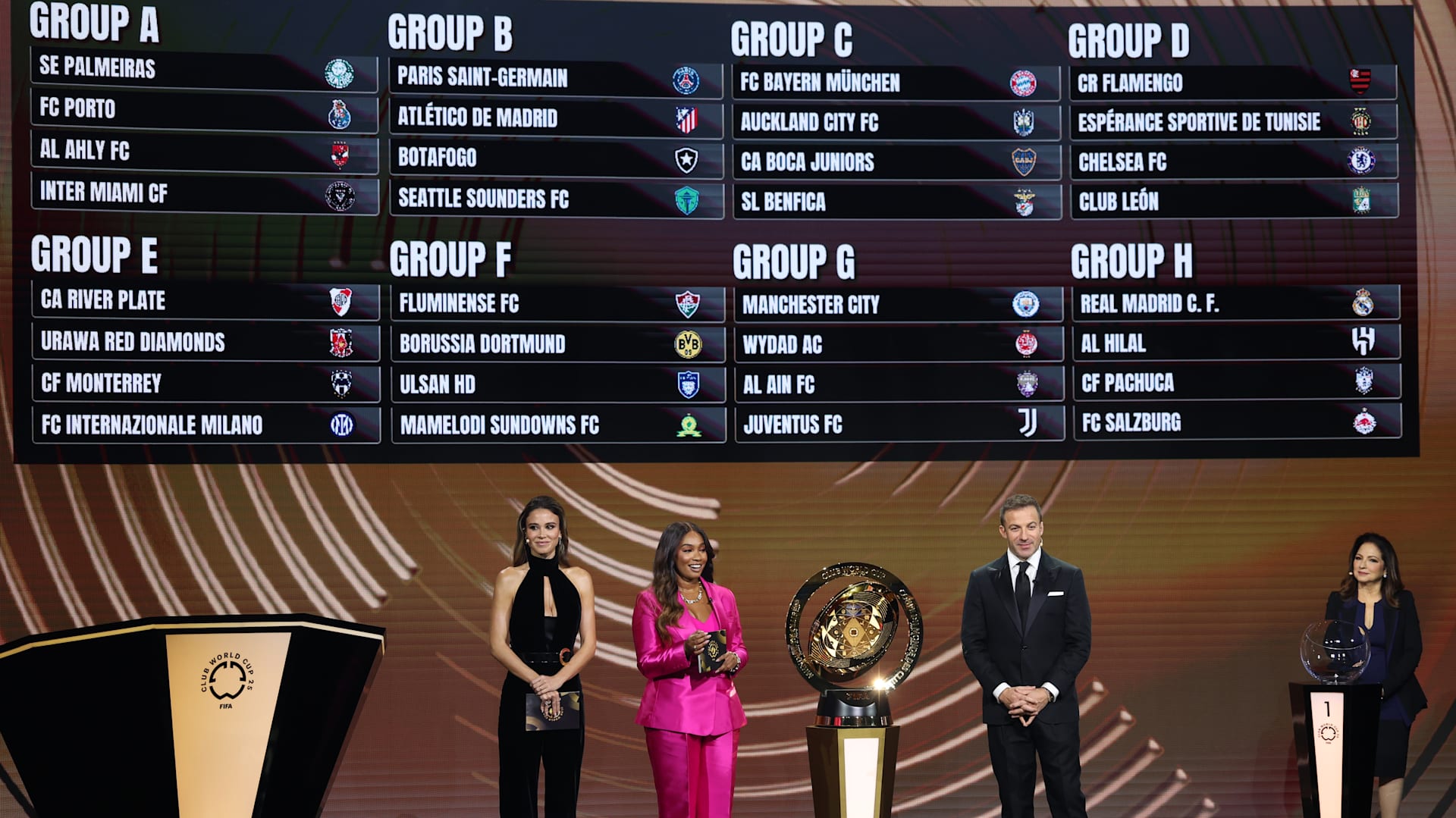
European Powerhouses
Europe’s top clubs dominate the tournament, as usual. Teams like Real Madrid, Manchester City, Chelsea, Bayern Munich, and Juventus are present, bringing world-class talent and huge fan followings. Real Madrid, with their rich history of winning European and world titles, is one of the favorites. Their matches attract global attention, especially when they face other giants.
South American Flair
South America is well represented by clubs such as Flamengo, Palmeiras, River Plate, Boca Juniors, and Fluminense. These teams bring passionate fans and exciting, skillful football. South American clubs have a proud history in the Club World Cup, often challenging European giants and sometimes winning the title.
North American Hosts and Contenders
The United States and Mexico have several clubs in the tournament, including Inter Miami, Seattle Sounders, Los Angeles FC, and Monterrey. Inter Miami is particularly in the spotlight because of Lionel Messi, one of football’s greatest players, who joined the club recently. Fans are eager to see how Messi performs in this new chapter of his career, especially against the world’s best teams.
Other Continents Join the Party
Teams from Asia, Africa, and Oceania also participate, including Al Ahly from Egypt, Urawa Red Diamonds from Japan, and Auckland City from New Zealand. These clubs add diversity and bring their own unique styles to the competition, making the tournament truly global.
The Journey from Miami to Madrid

Miami: The Exciting Kickoff
The tournament kicked off in Miami at the Hard Rock Stadium, a venue famous for hosting major sports events like the Super Bowl. The opening match featured Inter Miami against Al Ahly, drawing a crowd of over 60,000 fans. The atmosphere was electric, with fans eager to see Messi in action and experience the new Club World Cup format.
Miami’s vibrant culture and love for football created a perfect setting for the tournament’s start. The city’s warm weather and enthusiastic supporters helped set the tone for what promises to be a thrilling month of football.
Traveling Across the U.S.
After Miami, the tournament moves to other cities like New York, Los Angeles, Dallas, and Atlanta. Each city offers its own unique vibe and fan culture. Stadiums are packed with fans from different backgrounds, all united by their love of football.
This U.S.-based tournament is a chance to grow the sport in a country where football has been gaining popularity rapidly. Hosting the Club World Cup in multiple cities also helps bring the excitement closer to fans who might not usually get to see top-level international club football.
Madrid and European Influence
While the tournament is hosted in the U.S., Madrid’s clubs, especially Real Madrid and Atlético Madrid, are major participants. Their involvement adds a European flavor and a sense of tradition to the event. Madrid, known as a football capital, has a passionate fan base that follows these clubs closely, even from afar.
The presence of Madrid’s teams also highlights the global nature of the tournament, connecting the American host cities with European football’s deep history.
The Players: Legends and Rising Stars
Lionel Messi’s New Chapter

Messi’s move to Inter Miami has been one of the biggest stories in football. At the 2025 Club World Cup, he is the star attraction, drawing fans from all over the world. Messi’s presence elevates the tournament’s profile and inspires young players in the U.S. and beyond.
Veterans and New Talents

Besides Messi, the tournament features many football legends and rising stars. Players from Europe’s top leagues, South America’s passionate clubs, and emerging talents from Asia and Africa all compete on this stage. The Club World Cup is a platform where future stars can shine and established players can add to their legacy.
The Fan Experience: More Than Just Watching Football
Stadium Atmosphere and Entertainment
Attending a Club World Cup match is a full experience. Stadiums offer more than just football—they provide entertainment, food, music, and activities for families and fans of all ages. Fans can enjoy everything from luxury hospitality suites to fan zones where they can meet players and participate in games.
Watching at Home and Online
For those who cannot attend in person, every match is broadcast live on TV and streamed online. Social media platforms are full of highlights, fan reactions, and exclusive behind-the-scenes content. This digital access helps create a global community of football lovers who can share their passion no matter where they live.
Challenges and Controversies
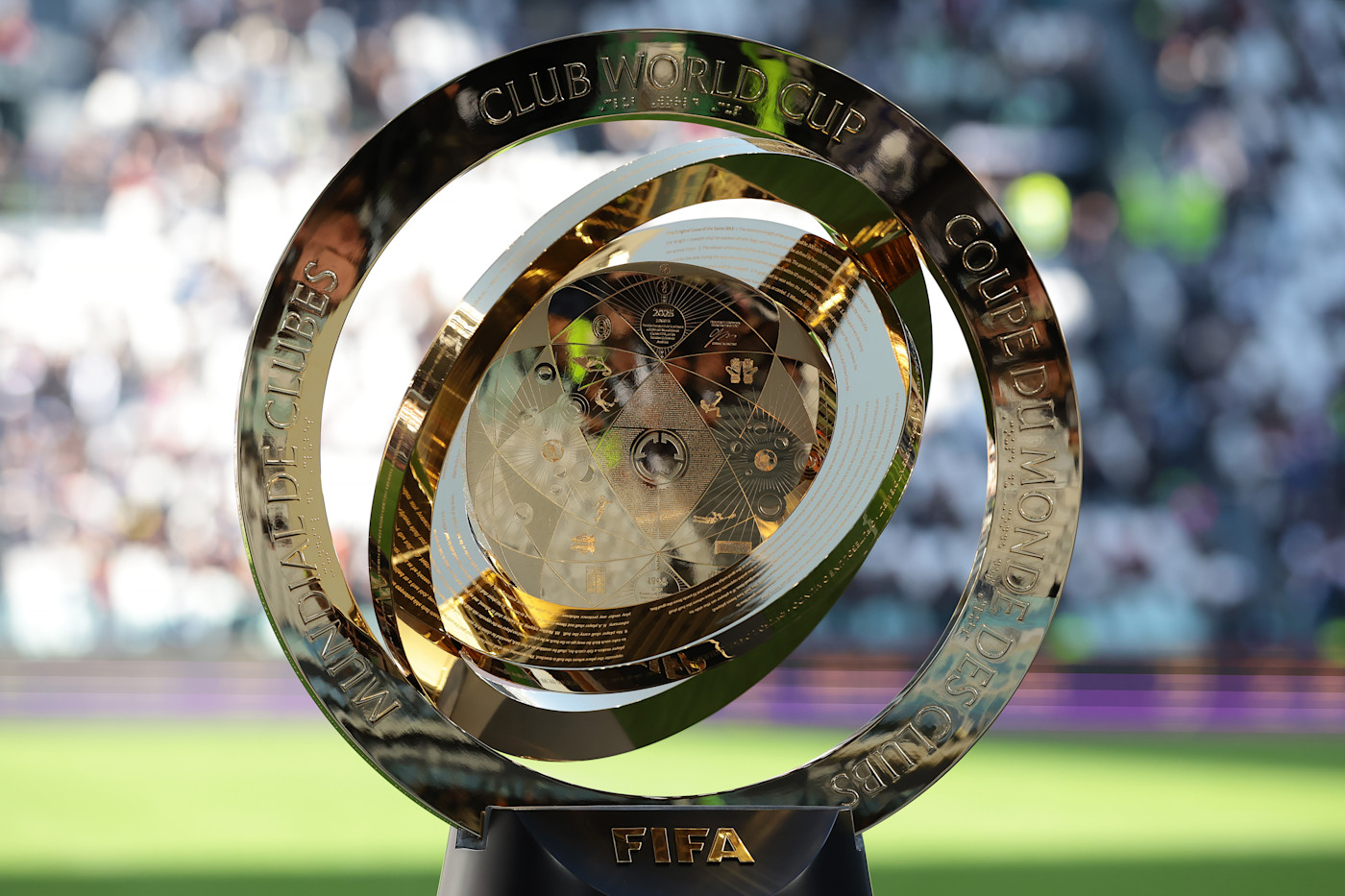
Player Fatigue and Scheduling
One of the main concerns around the expanded Club World Cup is player fatigue. Many players already have busy schedules with their domestic leagues, continental competitions, and international duties. Adding a month-long tournament in the middle of the year raises questions about rest and recovery.
Prize Money Distribution and Player Pay
While the prize pool is record-breaking, there have been debates about how the money is shared. Some players and unions argue that they should receive a larger share of the earnings, especially given the physical demands of the tournament. FIFA has acknowledged these concerns and is working to find a balance between rewarding clubs and players fairly.
What Are Fans Searching and Talking About?
-
“Messi Inter Miami Club World Cup” is a top search, reflecting global interest in Messi’s performance.
-
“Club World Cup prize money” and “how to attend Club World Cup matches” are popular queries, showing fans’ interest in the financial and fan experience aspects.
-
Discussions about “player fatigue” and “tournament schedule” are trending, highlighting concerns about player welfare.
What This Means for Football
The 2025 FIFA Club World Cup represents football’s growth as a truly global sport. By expanding the tournament and hosting it in the U.S., FIFA aims to bring club football to new audiences and create a larger, more exciting competition.
However, this growth comes with challenges. Balancing commercial interests, player health, and fan experience is complex. The tournament’s success will depend on how well organizers manage these factors and listen to feedback from players, clubs, and fans.
Ultimately, the Club World Cup is a celebration of football’s ability to unite people across cultures and continents. It offers unforgettable moments, inspires young players, and brings joy to millions.
Football’s Grandest Club Spectacle Is Here to Stay
.jpg?auto=webp&format=pjpg&width=3840&quality=60)
From Miami’s opening fireworks to Madrid’s football heritage, the 2025 FIFA Club World Cup is a landmark event in the sport’s history. It showcases the best clubs, the brightest stars, and the passion of fans worldwide. Whether you are watching in the stadium or from your living room, this tournament is a reminder that football is the world’s game—big, bold, and full of dreams.
As the tournament progresses, fans can look forward to thrilling matches, surprising upsets, and stories that will be remembered for years to come. The 2025 Club World Cup is not just a competition; it’s a global celebration of football’s magic.
With inputs from agencies
Image Source: Multiple agencies
© Copyright 2025. All Rights Reserved Powered by Vygr Media.

